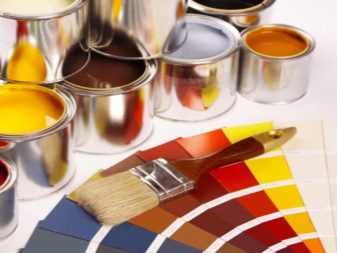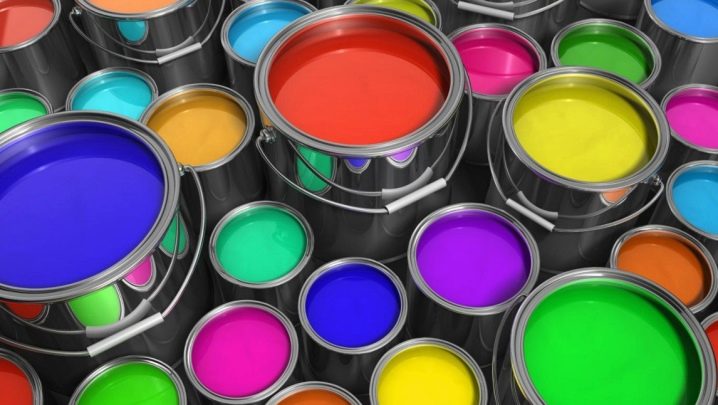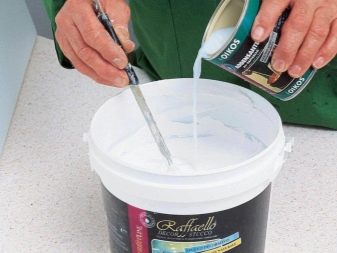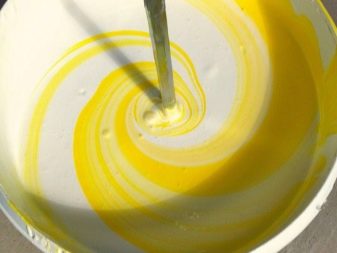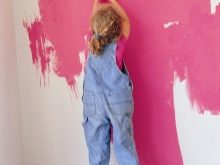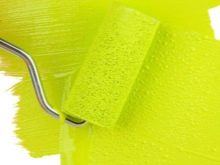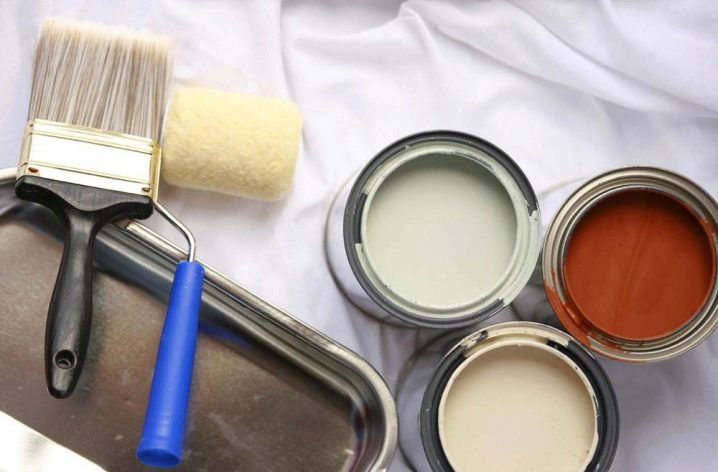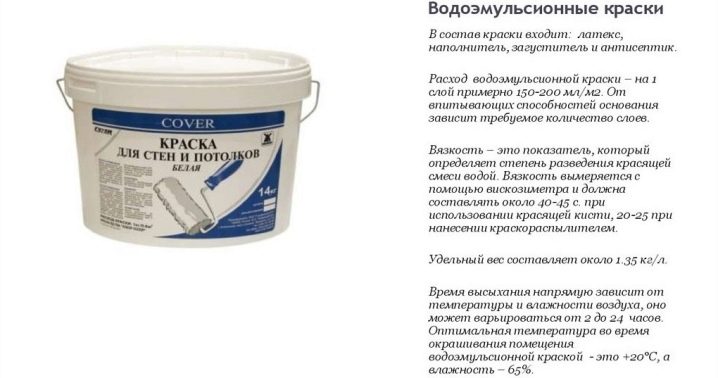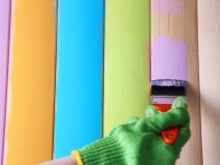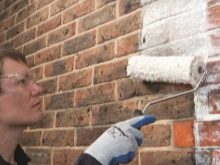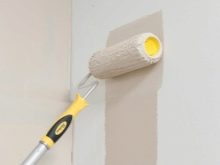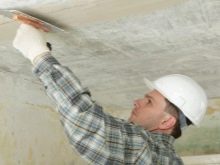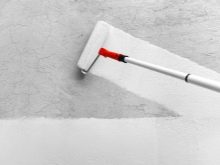Polyvinyl acetate water-based paint: features and specifications
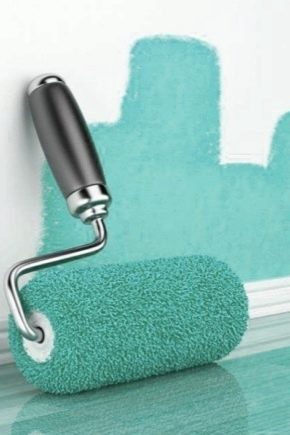
If you are going to carry out repairs in an apartment or a country house, you should always pay attention to the quality of those products that will be used. All materials must be of high quality, be safe, and also serve for a long time. Under these three parameters, polyvinyl acetate paints with a water-based emulsion are ideally suited.
Special features
Such paints are extremely popular due to:
- a rich selection of colors;
- High Quality;
- reasonable price;
- the possibility of choosing between a matte surface and gloss;
- all firms follow a certain GOST-28196 89, which allows conclusions about quality.
PVA is a specific composition, which includes:
- emulsion;
- paint pigments;
- stabilizers;
- plasticizers.
Polyvinyl acetate water-based paint is sold in two versions:
- In one pack. This is a finished product, you can work with it immediately. The main condition for storage is the tightness of the packaging, as well as the absence of freezing temperatures.
- In two packs. Sold as a semi-finished product and consists of two components that are in different packages. In one - the paint itself is in the form of a paste, and in the second package there is a plasticizer. Before starting work, both components must be mixed in one container, and after that you can start work.
Advantages and disadvantages
The advantages include the following qualities belonging to polyvinyl acetate paints:
- simplicity in work when drawing;
- the ability to use water as a solvent;
- the ability to seal very small cracks;
- after drying, an elastic layer is formed;
- does not fade;
- there is the ability to quickly change the hue using color schemes;
- does not wrinkle under mechanical stress;
- has high vapor permeability;
- protected from mold and mildew;
- these paints are quick-drying;
- resistant to alkalis;
- they have high adhesion;
- non-toxic;
- do not have a strong chemical smell;
- resistant to sunlight and ultraviolet;
- Great for smooth and even surfaces;
- fireproof;
- have an affordable price.
There are also disadvantages:
- at low temperatures lose their properties;
- they are not stored indoors or outdoors with thermometer values below 50 degrees;
- for working in rooms with high humidity, only expensive types of paints are needed, for example, improved mixtures with the addition of acrylic or silicone resins;
- complex composition and brightness of colors affect the price;
- To hide stains, it is necessary to apply paint in two or three layers;
- may not be used on all surfaces.
Species
Polyvinyl acetate paints are divided into two types:
- water dispersion;
- water emulsion.
The difference between these two types of paint is almost absent. The principle of this mixture is very simple: when applying paint from it begins to evaporate water, which is part of it.Because of this, all components harden and acquire their quality properties. For example, at a temperature of 20 degrees C, the coloring mixture will dry for 3 hours.
When fully dried, you can see the matte film on the place where the paint was applied.
Specifications
The main characteristics include:
- consumption is 200 ml per square meter surface;
- consists of latex, thickeners and fillers;
- paint viscosity;
- density - 1.5 kg / l.
Also, the main characteristic of this material can be attributed to the fact that drying occurs very quickly, even at room temperature.
On the package most often indicated fixation time at high values (from +100 to +200 degrees) and humidity of 65%. This is written in the instructions on the package.
Scope of application
As a rule, such paints are used only for work indoors. They fit perfectly on:
- wooden surfaces;
- concrete base;
- brick walls;
- plasterboard walls;
- plaster;
- glass.
Polyvinyl acetate paint does not fall on many types of primers, for example, vitriol or alumina. You also can not combine it with metal parts.
Proper application
The correctness of compliance with a particular order in the performance of work - the key to success. This must be observed when painting:
- you must first make a choice of a particular type of paintwork material (it all depends on the conditions of application and operation);
- then preparatory work will be required: removing dust and whitening, leveling and eliminating cracks;
- primer;
- paint preparation;
- paintwork on the surface;
- when applying the second layer, it is necessary to wait until the first layer is completely dry in order to identify nonprokras and other defects.
Thus, polyvinyl acetate water-based paint does not apply to universal finishing materials. However, the range of her work is quite wide. The price of these compositions is pleasing to the eye, given the high quality and constant adherence to GOST. Thanks to this paint, anyone can repair, and not just a professional painter.
From the following video you will learn the secrets of the perfect preparation of walls for painting.

